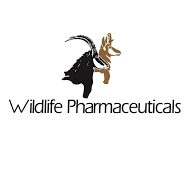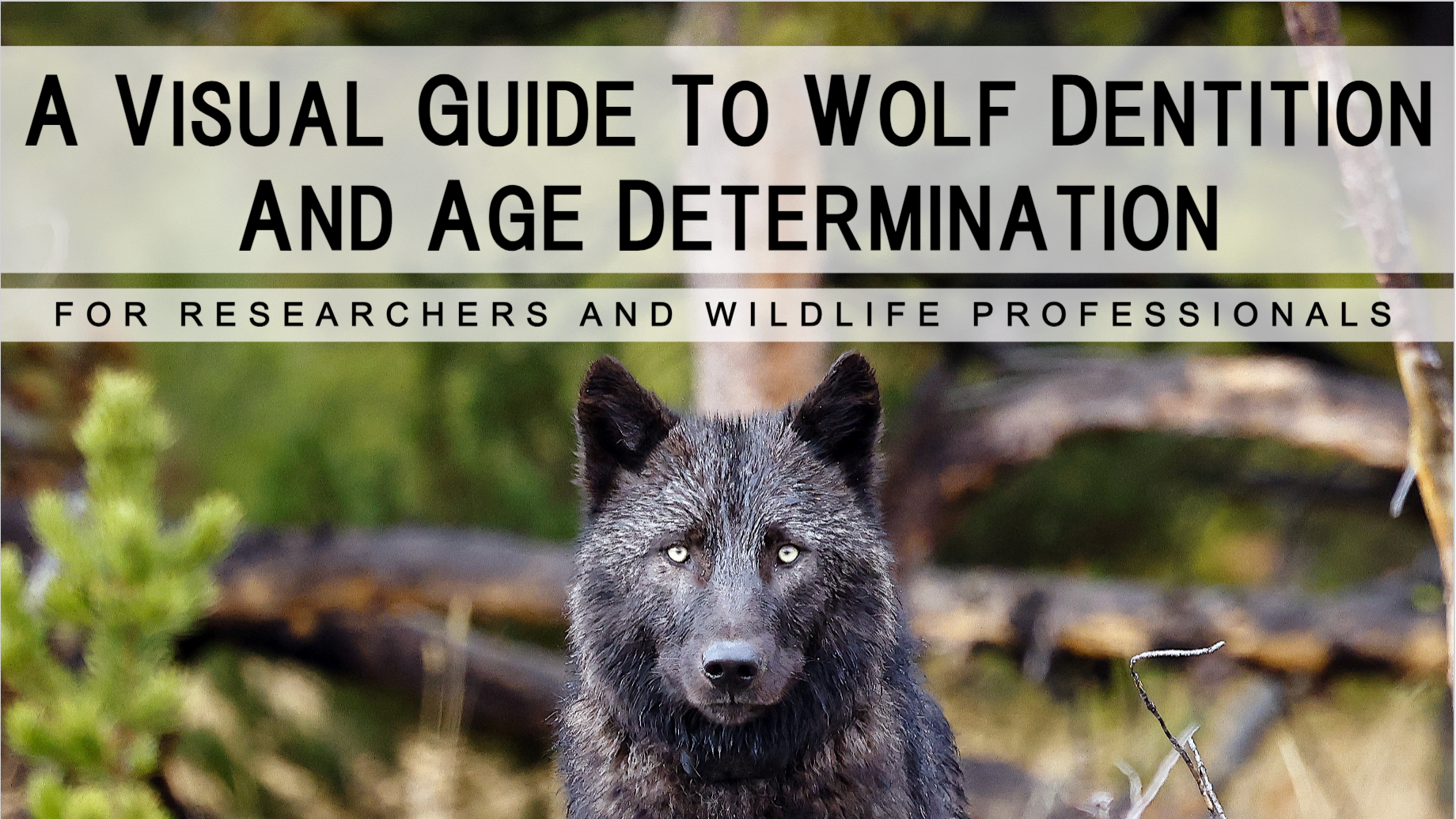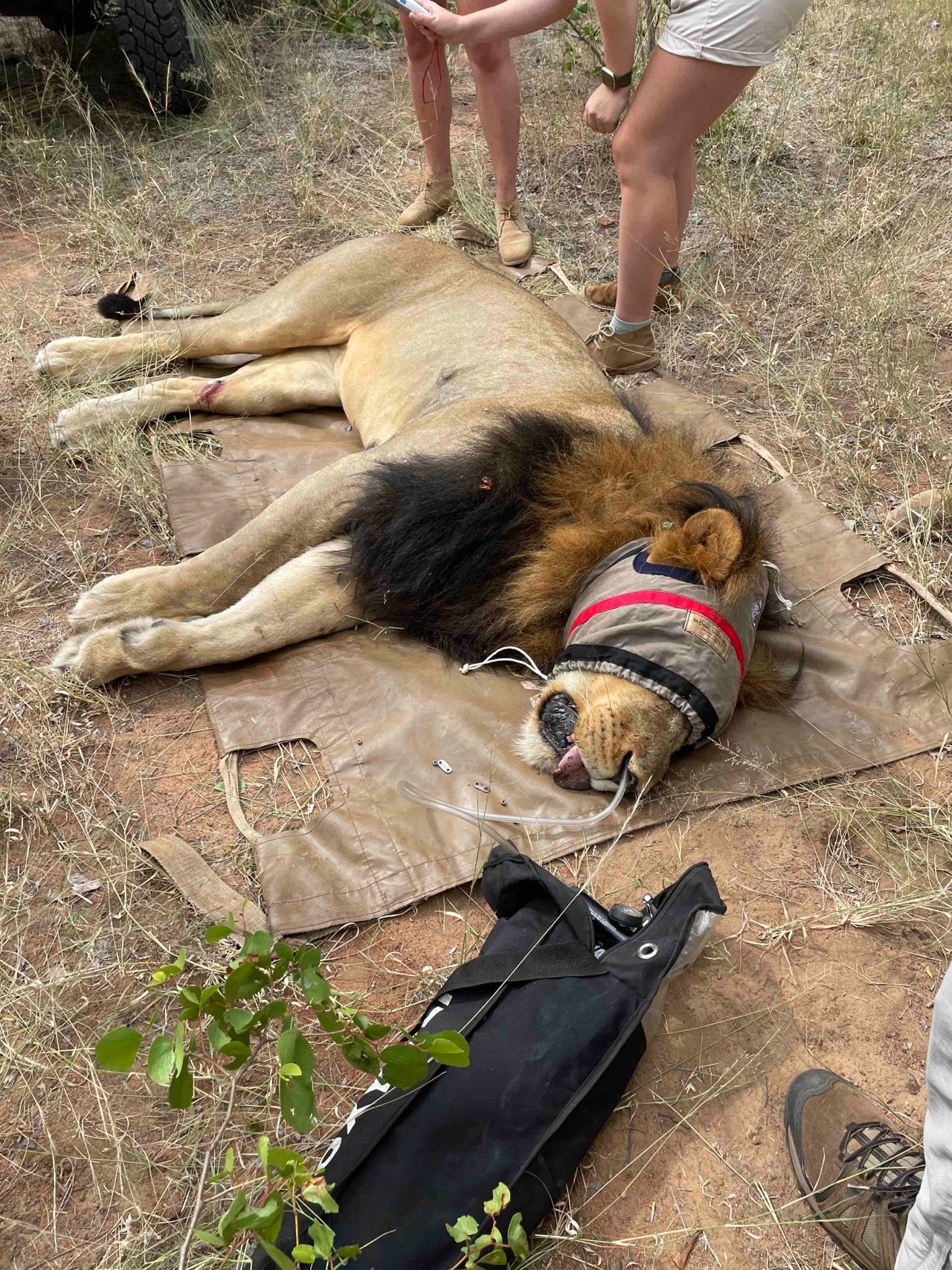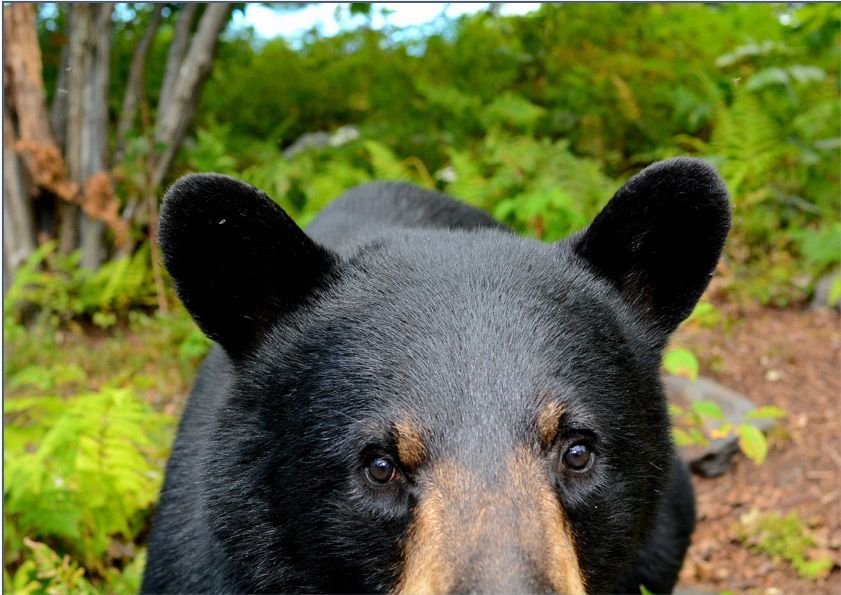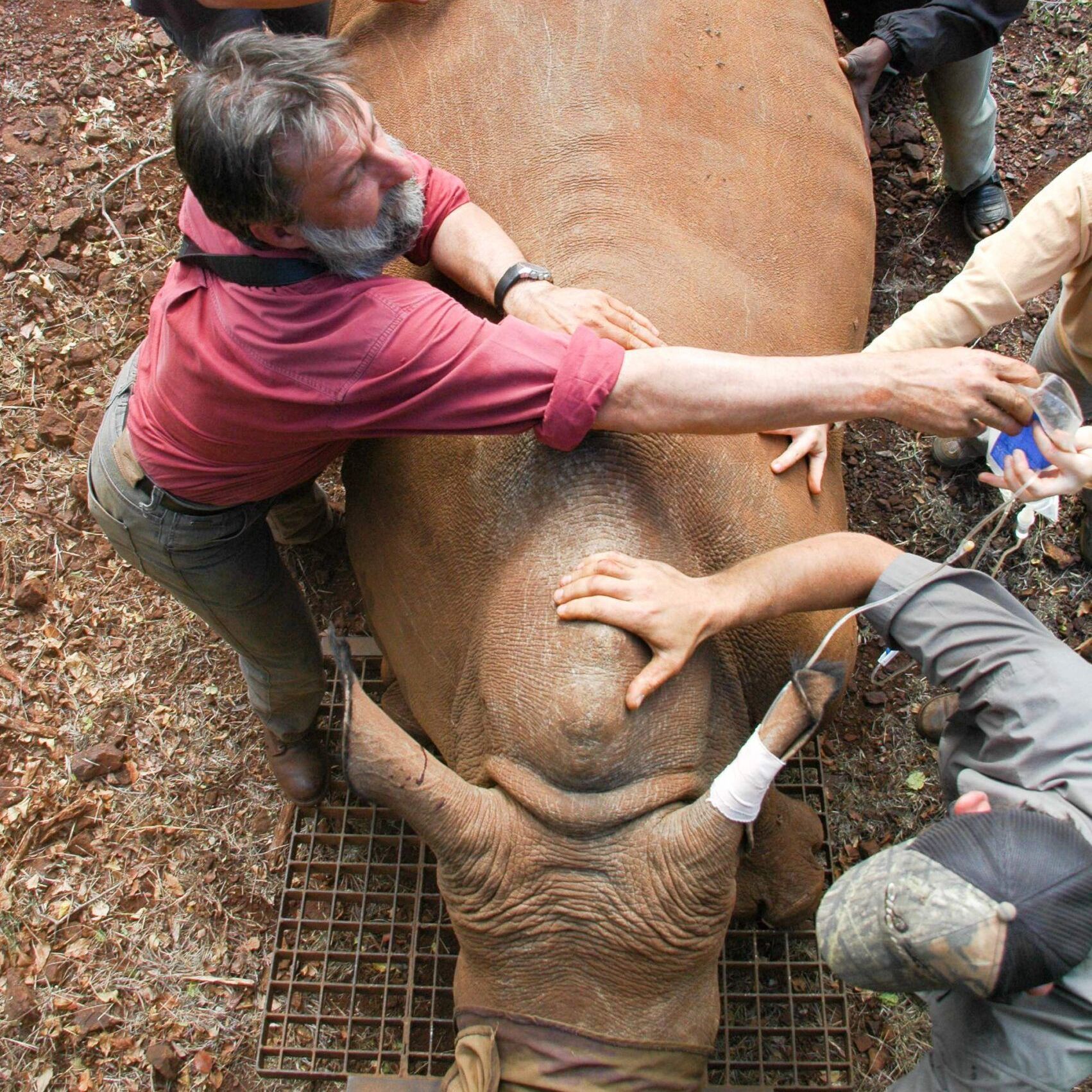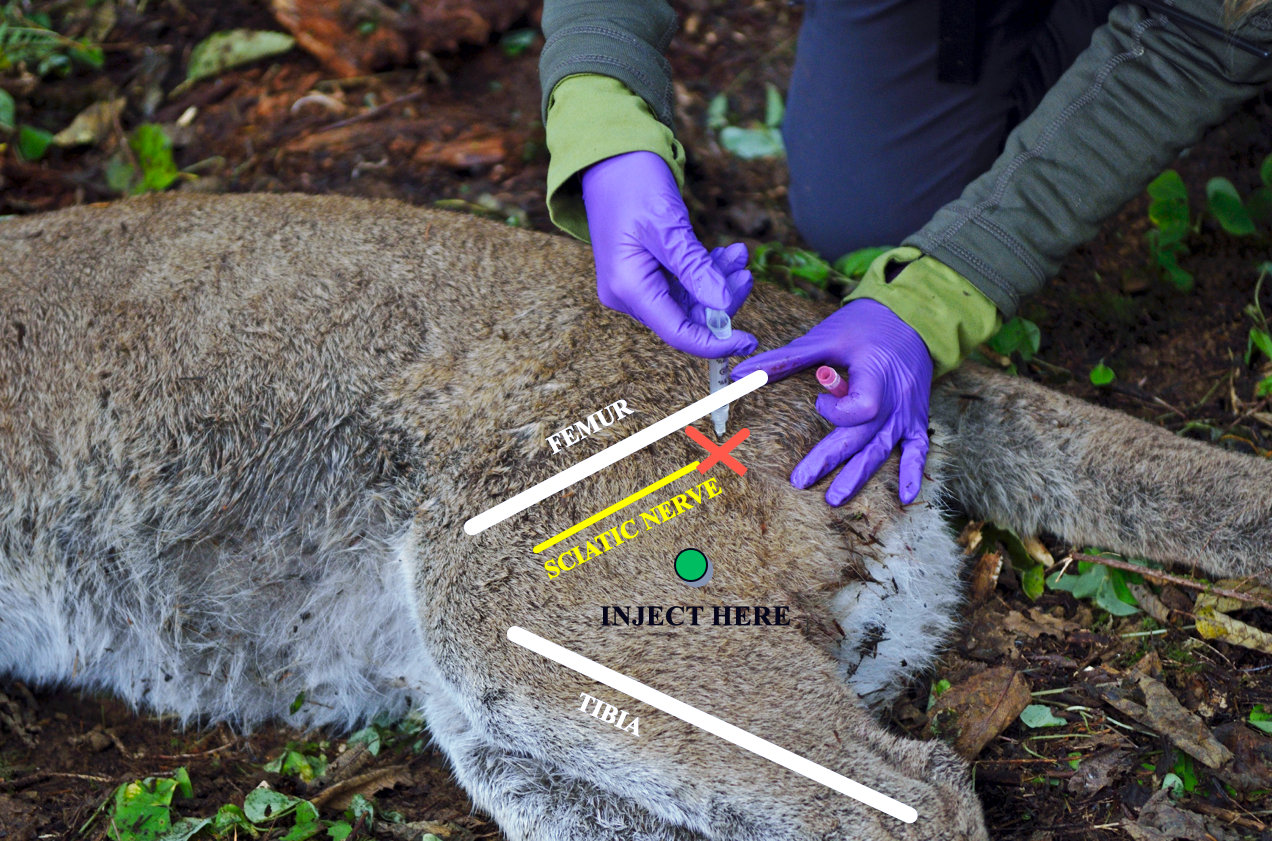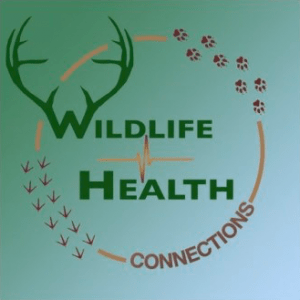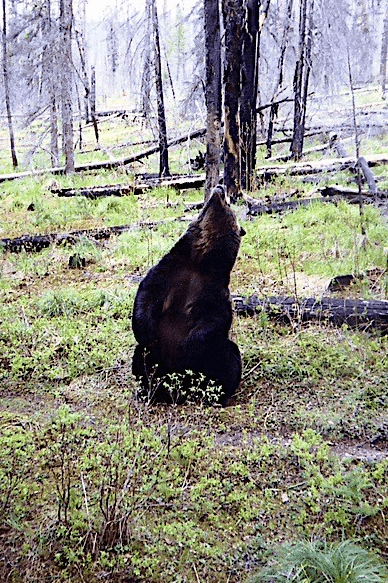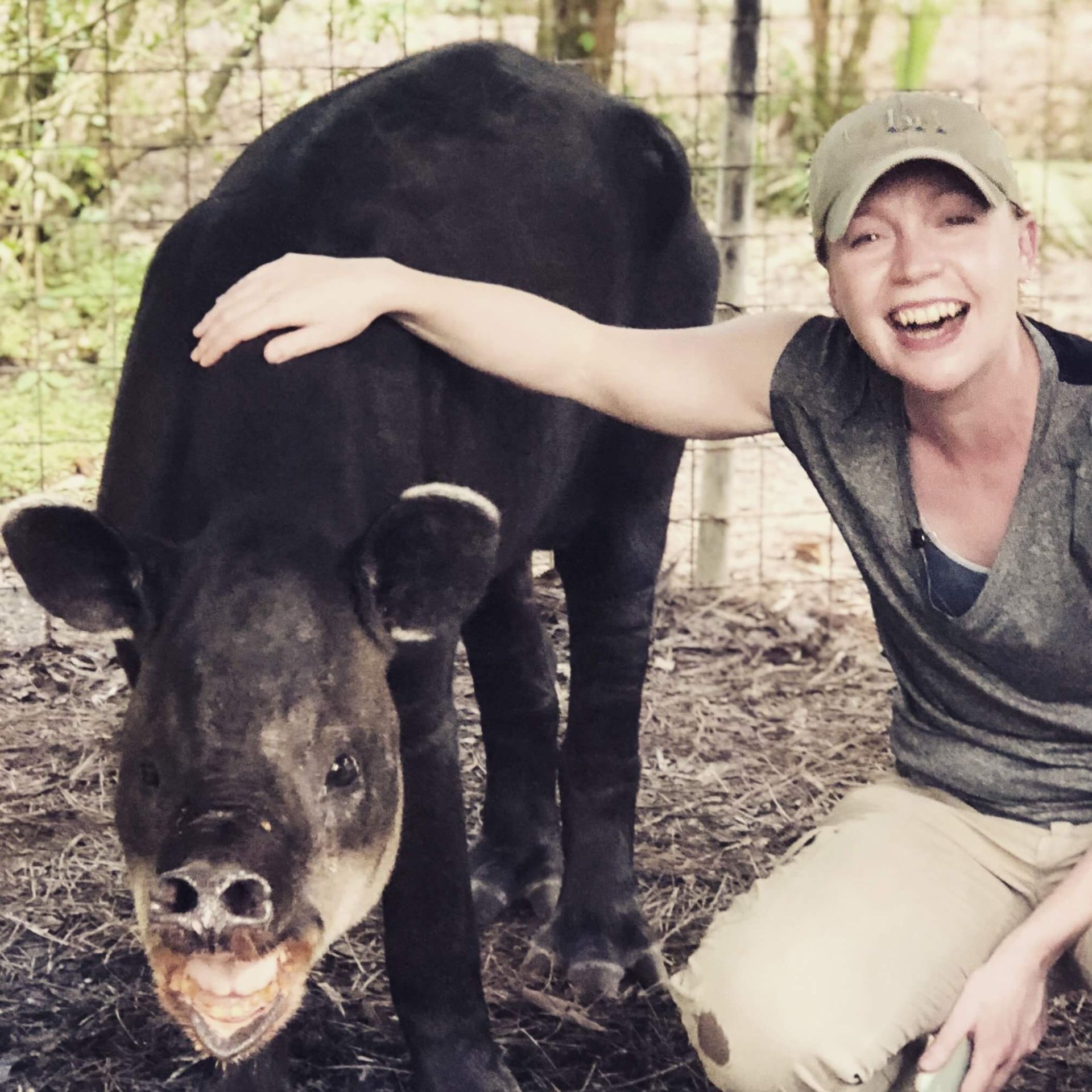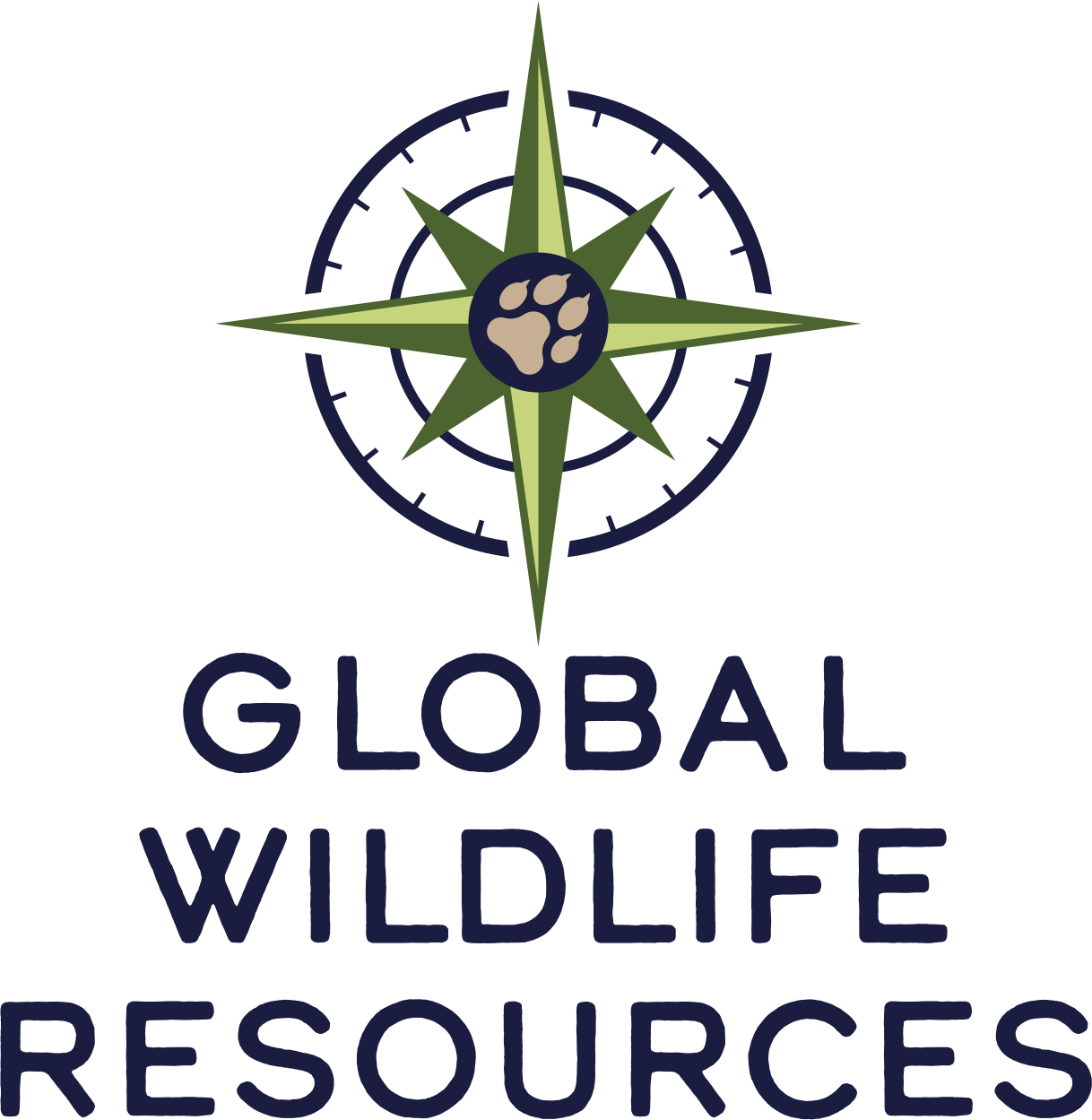People ask me about the relationship among the three companies. Wildlife Pharmaceuticals is the parent company of ZooPharm, develops unique compounded formulations to meet veterinarians’ needs, and manages ZooPharm’s business. ZooPharm is a state-regulated compounding pharmacy, licensed in 49 states that manages the pharmacy’s unique formulary. The new owner, Wedgewood Pharmacy is actively and aggressively working on ways to enhance our combined services and compounded formulations to make them available more widely.
Unlike Wedgewood Pharmacy, which offers more than 40,000 compounded formulations using more than 400 active pharmaceutical ingredients, the ZooPharm brand is the leader in developing, compounding, and delivering highly specialized and novel pharmaceutical formulations. These include its patented immobilization drug combinations and their reversal antagonists; sustained release analgesics; and uncommon, hard-to-find anesthetics and sedatives.
What’s changed?
Today, any changes should be transparent to current customers. We are strongly committed to maintaining and extending the truly remarkable customer service experience and innovation that are the Wildlife Pharmaceuticals and ZooPharm’s hallmarks. We are working diligently towards applying for a license in North Carolina which, if granted, will allow us to resume shipping products to that state. We expect to file for this license in the next month or two. While we can’t give assurances about whether or not the license will be granted, we value our customers in North Carolina and hope to resume our relationships with them in the near future. For now, ZooPharm customers can continue to look to ZooPharm for its unique formulations and customer service. Meanwhile, we are focusing Wedgewood Pharmacy’s unique market position and resources to enhance formulations and services to all of our customers. By George Carballo, General Manager, Wildlife Pharmaceuticals

